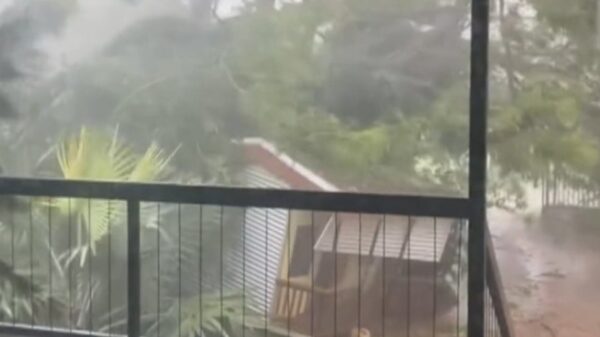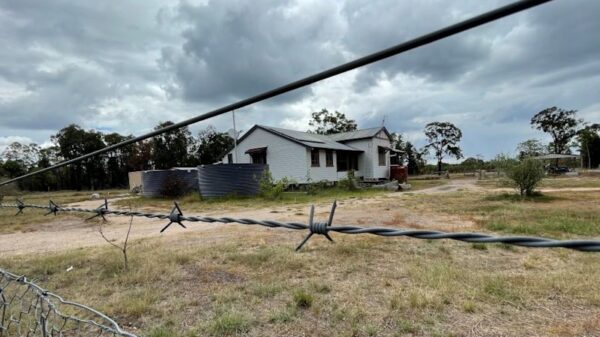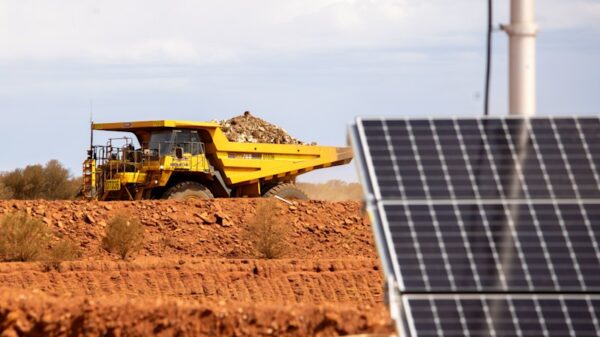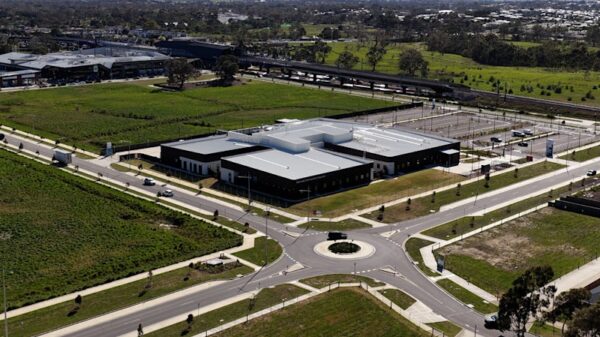New research from the University of California, Davis, has uncovered that earthquake faults deep within the Earth can reconnect swiftly after a seismic disturbance. The study, published on November 19, 2023, in the journal Science Advances and supported by grants from the National Science Foundation, introduces a pivotal factor that could transform scientific understanding of fault behavior associated with significant earthquakes.
Professor Amanda Thomas, an expert in earth and planetary sciences at UC Davis, stated, “We discovered that deep faults can heal themselves within hours.” This finding compels researchers to reassess traditional views on fault rheology, suggesting that critical elements may have been overlooked in previous models.
Investigating Slow Slip Events
Thomas and her colleague, Professor James Watkins, along with their research team, focused on phenomena known as slow slip events (SSEs). These events mirror extremely gradual earthquakes but differ significantly from typical seismic occurrences. Regular earthquakes are triggered when stresses that build up over long periods are suddenly released, leading to intense shaking that lasts seconds. In contrast, slow slip events involve the gradual release of stress over days, weeks, or even months, with movement often limited to mere centimeters.
To deepen their understanding of these deep-seated events, the researchers analyzed seismic data from the Cascadia Subduction Zone, a region in the Pacific Northwest where the Juan de Fuca plate is sliding beneath the North American plate. Unlike traditional earthquakes, the same fault segment in this area can slip multiple times within a matter of hours or days, indicating that the fault can partially regain strength quickly.
Thomas highlighted the role of tidal forces, noting how the gravitational pull from the Sun and the Moon can influence the Earth’s crust, similar to its effect on ocean tides. The changing weight of seawater also imposes pressure on the rocks below, contributing to the complex dynamics at play.
Rapid Healing Mechanisms Uncovered
To investigate how faults manage to heal so rapidly, Watkins, a geochemist specializing in high-pressure mineral behavior, conducted laboratory experiments simulating conditions found deep within the Earth. By compressing powdered quartz in a silver cylinder under 1 Gigapascal of pressure—equivalent to 10,000 times atmospheric pressure—at a temperature of 500 degrees Celsius, the team aimed to replicate the aftermath of a slow slip event.
“We’re simulating what happens in the aftermath of a slow slip event,” Watkins explained. “We cook it and look at it.” The researchers measured soundwave velocities through the treated quartz before analyzing the samples with electron microscopy. They discovered that the mineral grains had re-bonded during the compression process. Thomas likened this phenomenon to “quick set fault glue,” emphasizing its rapidity and the significant strength recovery it allows.
The concept of cohesion—how faults regain strength—emerges as a crucial factor that may apply to various tectonic environments, including shallower systems responsible for larger earthquakes. “Cohesion is neglected in most models,” Thomas noted, suggesting that it may play a more substantial role than previously recognized.
Recently, Thomas and Watkins secured an additional grant from the National Science Foundation to further explore cohesion in earthquake faults. “It links events on the microscopic scale to major thrust earthquakes on a scale of hundreds of kilometers,” Watkins added, underscoring the broader implications of their research.
The study also involved contributions from experts such as Nicholas Beeler from the U.S. Geological Survey, Melodie French from Rice University, Whitney Behr from ETH Zürich, and Mark Reed from the University of Oregon. Their collective findings could pave the way for a deeper understanding of earthquake mechanics and potentially improve predictive models for seismic events in the future.





























































